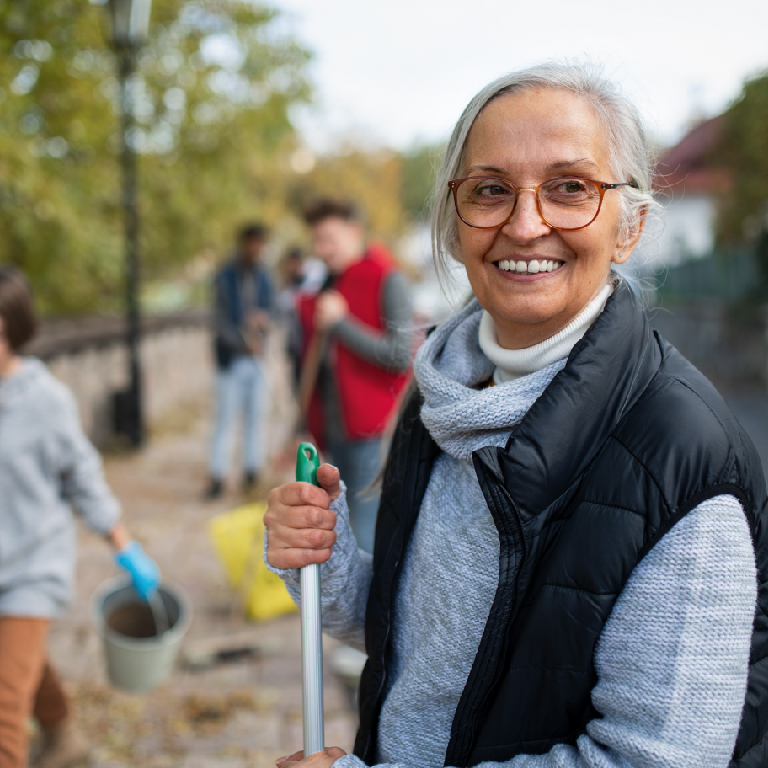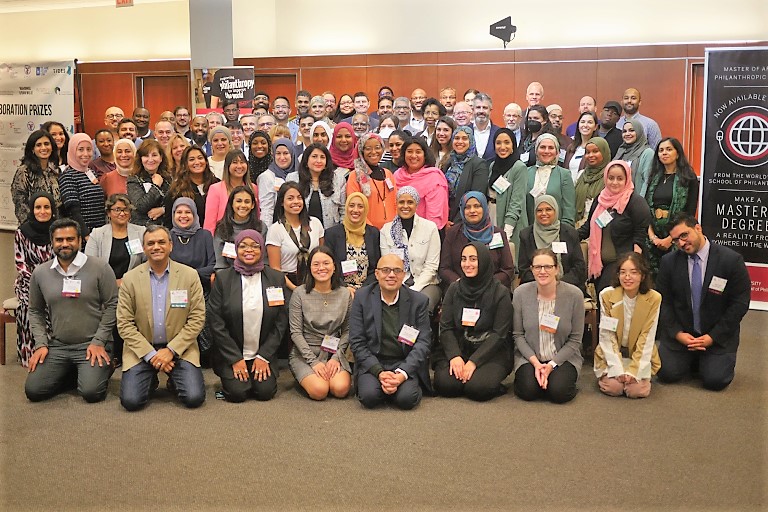Modern philanthropy is nothing if not ambitious. “The Rockefeller Foundation works to improve the well-being of people everywhere.” “For 20 years, the Bill & Melinda Gates Foundation has been committed to fighting the greatest inequities in the world.”
We may argue about which causes should be priorities but there is only rare disagreement that we need to find solutions that scale. Indeed, one generally accepted justification for organized philanthropy’s claim to legitimacy is that it represents society’s risk capital. The notion is that the social innovations foundations generate as experiments can achieve scale by “graduating” to other means: through the market with microfinance, or through the government with the Head Start program for early childhood education, once philanthropy demonstrated that these innovations worked at more modest scale.
This may be well and fine for organizations like foundations, which account for less than a fifth of giving in the U.S. But what about the rest of us? Individuals, families, and smaller community foundations operate within parameters that do not readily extend beyond our more constrained personal experiences. And the smaller scale of community remains vital for personal engagement with philanthropy. This is born out through the craft of the fundraiser, whose profession is building a community around a cause and motivating the support it warrants.




